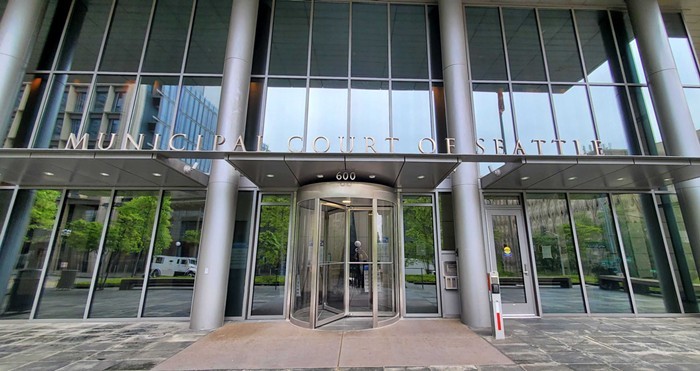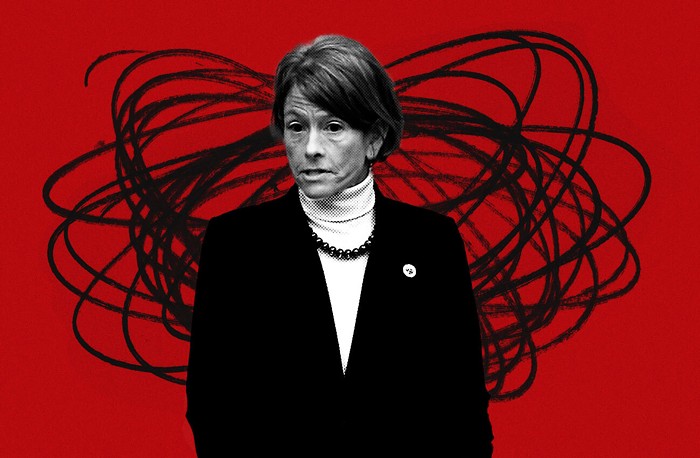
Dark clouds gathered on the horizon. There was lightning. A tree "literally exploded." People freaked out on Twitter, one of the last places where we knew we were truly safe.
And we may see more thunderstorms tonight.
I'm new to Seattle, but Ansel informed me yesterday that thunderstorms here are fairly rare. Meteorologist Cliff Mass has called Northwest thunderstorms "pathetic creatures," and has pointed out that our proximity to the Pacific Ocean makes the ingredients for thunderstorms kind of difficult to assemble.
Well, best get used to it in this country. Lightning will become more frequent in the United States, according a paper published in Science last year. It predicted that the frequency of lightning strikes in the lower 48 will likely increase 50 percent by the year 2100. Why? Climate change.
A warming world could put together the proper ingredients for more lightning strikes. David Romps, the lead author of the Science study and a Lawrence Berkeley National Laboratory researcher, explained to me last year that warmer air means more water vapor in the atmosphere. Water vapor = "fuel for thunderstorms." After chewing through a number of different data sets about storm intensity, lightning strikes, and precipitation, Romps and his colleagues found a significant link between strikes and temperature. They then looked at 11 different climate models that predicted roughly a 12 percent increase in "cloud to ground" lightning strikes per degree rise in temperature. If there's a four-degree Celsius increase by the end of the century, that's where that 50 percent figure comes from.
That said, Romps' paper didn't predict where the lightning will strike. What does that mean for Washington?
"In any case, no real reason to think that lightning will increase much on the western side of the Cascades," Cliff Mass told The Stranger in an e-mail. "Probably will increase over eastern Washington... but certainly less than the 50% figure you were talking about."
Still, a probable increase of lightning in eastern Washington doesn't bode well for wildfires. Last summer's wildfire season cost Washington more than $100 million to put out the flames. Earlier this month, Governor Inslee called on Congress to increase funding for preventing and fighting them.
That said, even a small increase in lightning on this side of the mountain range could have a significant impact.
"Often climate impacts are worst when unfamiliar phenomena begin to happen more," Dargan Frierson, an associate professor at the University of Washington's atmospheric sciences department, wrote in an e-mail. "Since we don’t get much lightning in the PNW, people really don’t know much about how to stay safe during thunderstorms. So a small increase could make a difference."
He then pointed The Stranger to the amazing animated .gifs on the National Oceanic and Atmospheric Administration's website about lightning strikes.
In related news, Mass was responsible for today's only good April Fool's joke, a post about recycled coal trains being used to cart snow to the drought-stricken west. Because of low snowpack, today California governor Jerry Brown imposed the state's first water restrictions, mostly for residential developments, golf courses, and campuses. (Perhaps the governor should target Big Ag water-users, too.)


















